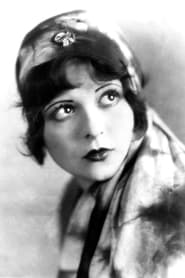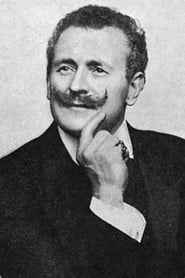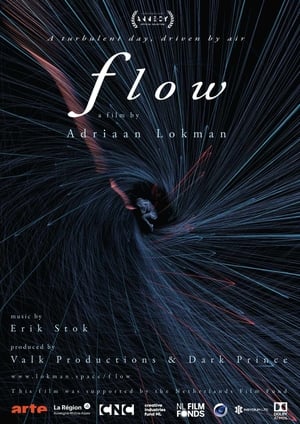
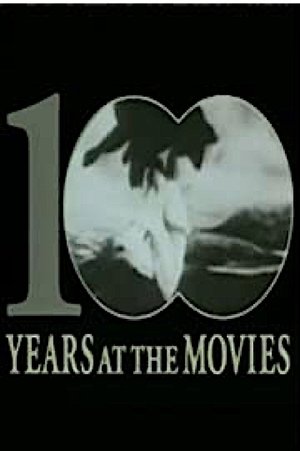
100 Years at the Movies(1994)
Commemorates the centennial of American movies with a montage of clips and music scores from the most important movies of the century.

Movie: 100 Years at the Movies

100 Years at the Movies
HomePage
Overview
Commemorates the centennial of American movies with a montage of clips and music scores from the most important movies of the century.
Release Date
1994-04-14
Average
7.5
Rating:
3.8 startsTagline
Genres
Languages:
Keywords
Recommendations Movies
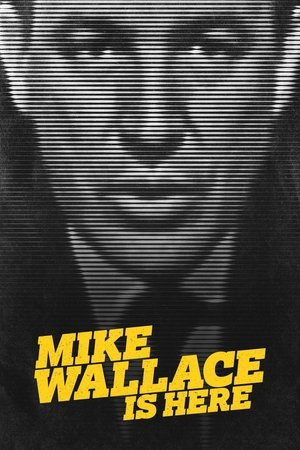 6.5
6.5Mike Wallace Is Here(en)
For over half a century, 60 Minutes' fearsome newsman Mike Wallace went head-to-head with the world's most influential figures. Relying exclusively on archival footage, the film interrogates the interrogator, tracking Wallace's storied career and troubled personal life while unpacking how broadcast journalism evolved to today’s precarious tipping point.
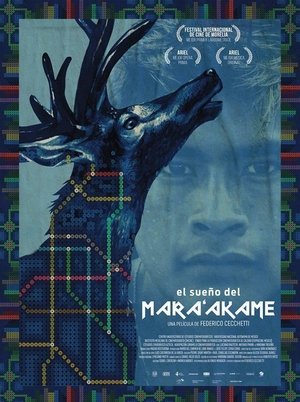 6.5
6.5Mara'akame's Dream(es)
Nieri is an indigenous teenage boy from the Wirrarika culture, who is being indoctrinated by his father on the path of dreaming to reach the Blue Deer and become a Marakame. However, Nieri doubts about having the gift that is necessary to become a Marakame. His real dream is to play Mexican country music and to go to Mexico City to play there with his friends.
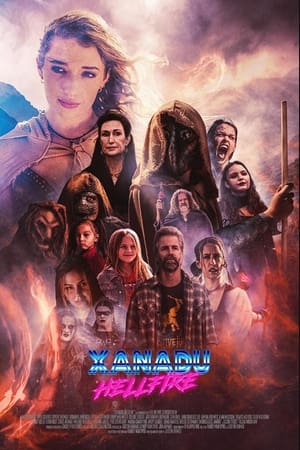 5.5
5.5Xanadu Hellfire(en)
An eight-year-old girl finds a way to bring her warrior comic book heroine Xanadu Hellfire from the future to the present. Xanadu's evil sister follows, and stuff gets crazy. Inspired by everything from Conan to Thor, Mad Max, and Clerks.
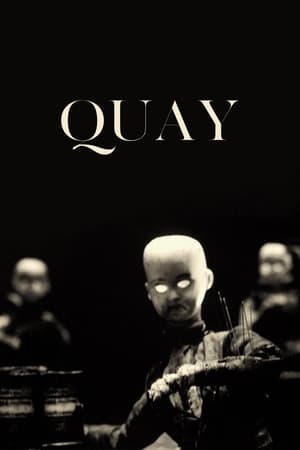 6.0
6.0Quay(en)
In 2015, Christopher Nolan curated a selection of short films by the surrealist animators the Quay Brothers to be distributed as a touring 35mm presentation. The three films—"In Absentia" (2000), "The Comb" (1991) and "Street of Crocodiles" (1986)—were accompanied by this brief portrait of the brothers at work in their London studio.
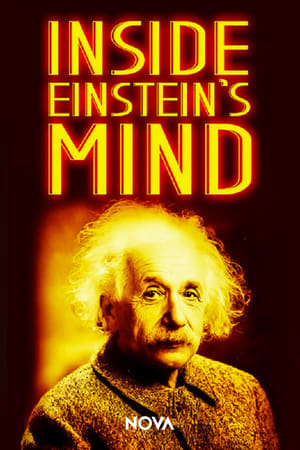 7.3
7.3Inside Einstein's Mind: The Enigma of Space and Time(en)
In November 1915, Einstein published his greatest work: General Relativity, the theory that transformed our understanding of nature's laws and the entire history of the cosmos. This documentary tells the story of Einstein's masterpiece, from the simple but powerful ideas at the heart of relativity to the revolution in cosmology still playing out in today's labs, revealing Einstein's brilliance as never before.
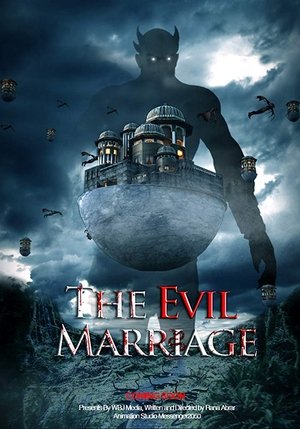 10.0
10.0The Evil Marriage(ur)
Once upon a time, in a far away, across the dark jungle, a castle in the sky, there lived a king of Evils with his evil guards. One day, one of his magicians showed the magic mirror and shows a beautiful human girl in this mirror, and told that if he wants to continue to be a king he must marry this girl. The story of "The Evil Marriage movie" revolves around the character of "Nur" (a human girl) who was kidnapped by the Evil's king guards and took her to unfamiliar world where she will have to marry the evil in order for others to live. But, there is someone who sneaks into the dark jungle to reach the evil castle and rescues her.
 4.4
4.4Stagecoach: The Texas Jack Story(en)
After retiring from his life as an outlaw, ranch owner Nathaniel Reed quietly leads an honest existence with his devoted wife, Laura Lee. But his gun-slinging past suddenly comes back to haunt him when he learns that the man he once maimed during a stagecoach robbery is now a U.S. Marshal who will stop at nothing to find vengeance.
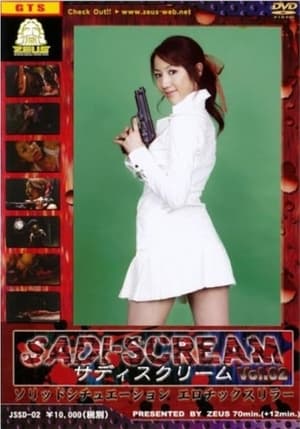 5.0
5.0Sadi-Scream Vol. 2(ja)
Japanese splatter film inspired by the Saw franchise.
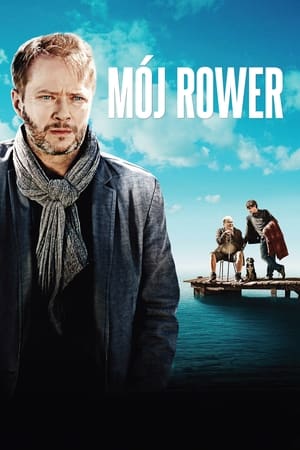 5.7
5.7My Father's Bike(pl)
Grandfather's wife unexpectedly leaves him for another man and this sparks a series of events. His son and grandson arrive from abroad and set of for a journey to find a woman dear to each of them.
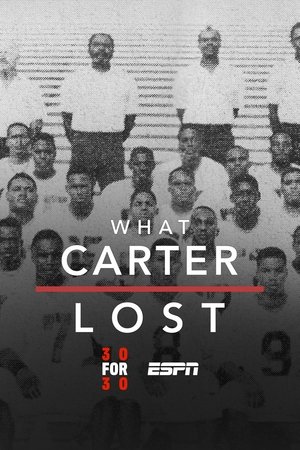 6.9
6.9What Carter Lost(en)
There’s high school football, and then there’s Texas high school football. Oddly enough though, one of the greatest teams in state history has been lost to time—and fate. “What Carter Lost” is the saga of that team, the 1988 Dallas Carter Cowboys. With 21 players who were offered college scholarships and several who went on to the NFL, Carter took on the best that Texas had to offer, including the Odessa Permian team that inspired Friday Night Lights, as well as the worst: in a racially charged state-wide dispute over one player’s algebra grade and Carter’s legitimacy. Somehow, the team won the championship that year. Yet not too long after, the legacy they worked so hard for was thrown away after a group of players made a terrible decision. With personal interviews with players, coaches and family members, as well as glimpses of their lives today, “What Carter Lost” is ultimately about what Carter found.
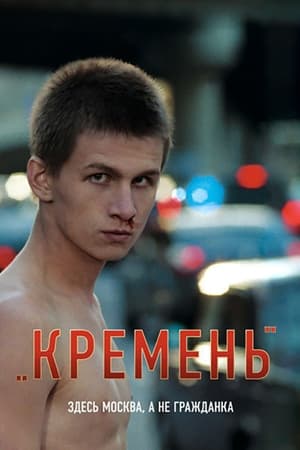 4.8
4.8Hard-Hearted(ru)
A provincial war vet arrives in Moscow and subsequently takes on a gang of bad cops.
 5.0
5.0Performance Issues(en)
Thirtyish Dan begins to suspect that his sexbot Kiki no longer finds him attractive.
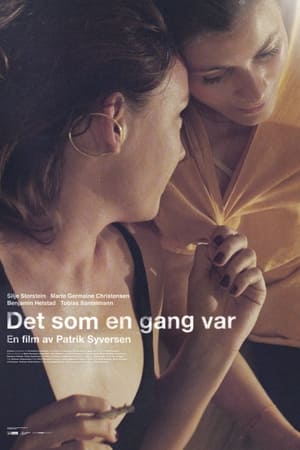 3.1
3.1Afterparty(no)
A big city trip is the start of the end if a great friendship. At dawn the next day, nothing is like it was the day before. Even the best of friendships may grow, or fall, apart. How to know when to fight, or when to let a friend go?
Similar Movies
 7.0
7.0kid 90(en)
As a teenager in the '90s, Soleil Moon Frye carried a video camera everywhere she went. She documented hundreds of hours of footage and then locked it away for over 20 years.
 4.5
4.5The Man Who Definitely Didn't Steal Hollywood(en)
Giancarlo Parretti was central to one of Hollywood’s greatest scandals. In 1990, Parretti bought iconic James Bond studio Metro-Goldwyn-Mayer/United Artists for $1.3B with high hopes. However, within weeks, the 17th James Bond film (GoldenEye) was put on ice, paycheques to Dustin Hoffman and Sylvester Stallone had bounced, and hundreds of staff were fired. Parretti soon faced an FBI investigation for alleged financial irregularities and his ownership of Hollywood’s most famous studio spiraled out of control.
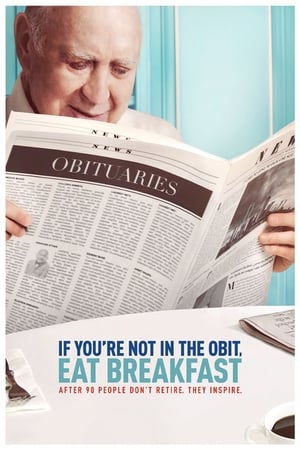 7.1
7.1If You're Not in the Obit, Eat Breakfast(en)
Irrepressible writer-comedian Carl Reiner, who shows no signs of slowing down at 94, tracks down celebrated nonagenarians, and a few others over 100, to show how the twilight years can truly be the happiest and most rewarding. Among those who share their insights into what it takes to be vital and productive in older age are Mel Brooks, Dick Van Dyke, Kirk Douglas, Norman Lear, Betty White and Tony Bennett.
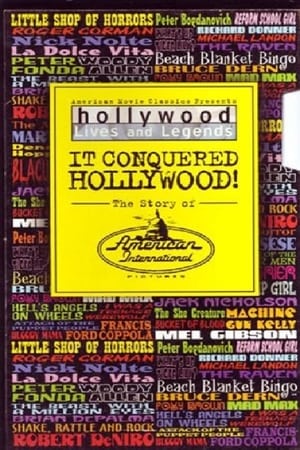 6.8
6.8It Conquered Hollywood! The Story of American International Pictures(en)
A 60-minute salute to American International Pictures. Entertainment lawyer Samuel Z. Arkoff founded AIP (then called American Releasing Corporation) on a $3000 loan in 1954 with his partner, James H. Nicholson, a former West Coast exhibitor and distributor. The company made its mark by targeting teenagers with quickly produced films that exploited subjects mainstream films were reluctant to tackle.
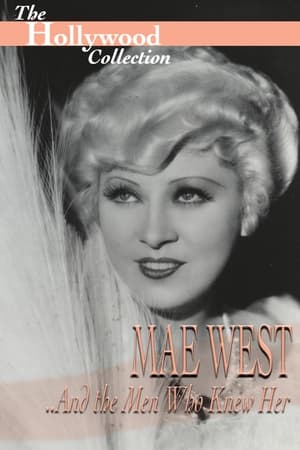 0.0
0.0Mae West and the Men Who Knew Her(en)
As the first "blonde bombshell," Mae West reigned supreme and changed the nation's view of women, sex and race — on stage, in films, on radio and television.
 7.0
7.0Gary Cooper: The Face of a Hero(en)
Known for his personification of the Western Hero, it was Montana-born Gary Cooper's horse-riding skills that first brought him bit parts in movies. And he never lost his love of the great American outdoors. Though he rarely played a villain and was an adept comedian, Cooper is best remembered for his strong, silent heroes. With his lanky country boy looks and shy hesitancy he created a unique screen presence, though his real life was one of sophisticated elegance.
 7.0
7.0Burt Lancaster: Daring to Reach(en)
He went from street-wise tough to art-collector liberal-activist, from circus-acrobat hunk to Academy Award winner. Burton Stephen Lancaster — later Burt Lancaster — was one of five children of a New York City postal worker. By eighteen, Burt was 6'2" and blessed with the athletic physique and dynamic good looks that helped make him famous. A stint in the Army introduced Burt to acting and led him to Hollywood where his first release, "The Killers" (1946), propelled him to stardom at age 32. He took control of his own career and seldom faltered.
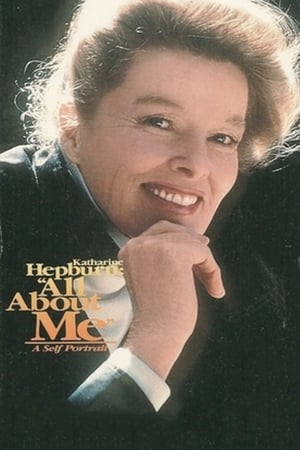 7.2
7.2Katharine Hepburn: All About Me(en)
In a rare interview, Katharine Hepburn shares her memories and memorabilia.
 0.0
0.0Afro Promo(en)
Co-curated by Jenni Olson and the late Black gay activist Karl Knapper, this entertaining showcase of vintage movie trailers traces the evolution of African American cinema through its most crucial period, 1952-1976. Filled with insights on race and social dynamics, this fascinating compendium of coming attractions explores an extensive range of stylistic approaches—Blaxploitation, Comedy, Music Bio, Plantation Drama and more—offering an outrageous joyride through motion picture history. Beyond mere camp, these marvelously condensed gems crystallize a range of African American identities and personalities, tracking the meteoric careers of Sidney Poitier, James Earl Jones, Billy Dee Williams, Richard Pryor, Pam Grier and others through their bold performances in movies both hugely popular and practically forgotten. Afro Promo provides a compact glimpse at the representation of African Americans through twenty-five dynamic years of American cinema history.
 6.0
6.0Cecil B. DeMille: American Epic(en)
Documentary about the legendary American film director from his introduction to the film industry in its early years to his death in 1959.
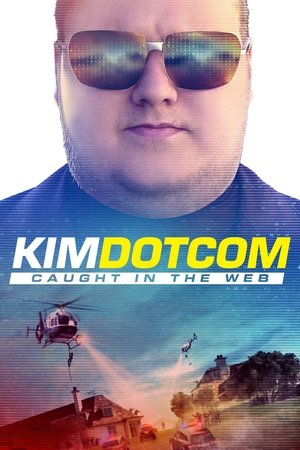 6.6
6.6Kim Dotcom: Caught in the Web(en)
The larger-than-life story of Kim Dotcom, the 'most wanted man online', is extraordinary enough, but the battle between Dotcom and the US Government and entertainment industry—being fought in New Zealand—is one that goes to the heart of ownership, privacy and piracy in the digital age.
 6.5
6.5In the Shadow of Hollywood: Race Movies and the Birth of Black Cinema(en)
This documentary captures the sounds and images of a nearly forgotten era in film history when African American filmmakers and studios created “race movies” exclusively for black audiences. The best of these films attempted to counter the demeaning stereotypes of black Americans prevalent in the popular culture of the day. About 500 films were produced, yet only about 100 still exist. Filmmaking pioneers like Oscar Micheaux, the Noble brothers, and Spencer Williams, Jr. left a lasting influence on black filmmakers, and inspired generations of audiences who finally saw their own lives reflected on the silver screen.
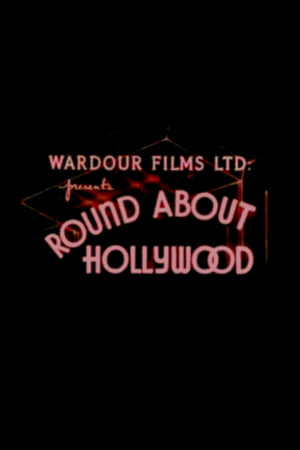 6.0
6.0Round About Hollywood(en)
This short travelogue depicts snippets of locations in Hollywood, California, most of them as seen from the streets. Considerable time is taken showing the kinds of architecture of private homes. There are images of various important buildings, and a depiction of the Hollywood Bowl. Finally, there is a sequence revolving around the premiere of the film “Dirigible” (1931) at the famed Chinese Theatre.
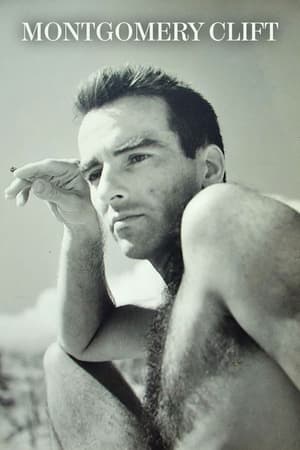 4.4
4.4Montgomery Clift(en)
A documentary incorporating footage of Montgomery Clift’s most memorable films; interviews with family and friends, and rare archival material stretching back to his childhood. What develops is the story of an intense young boy who yearned for stardom, achieved notable success in such classic films as From Here to Eternity and I Confess, only to be ruined by alcohol addiction and his inability to face his own fears and homosexual desires. Montgomery Clift, as this film portrays him, may not have been a happy man but he never compromised his acting talents for Hollywood.
Hitchcock, Selznick and the End of Hollywood(en)
Paying homage to two of Hollywood's central icons, the film creates an unparalleled portrait of two very different personalities amidst the demise of the studio system.
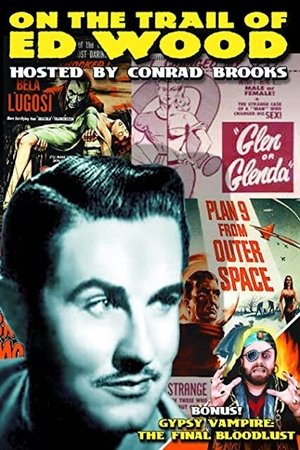 0.0
0.0On the Trail of Ed Wood(en)
A documentary on the life and career of filmmaker Edward D. Wood Jr., with clips from his films and interviews with the cast and crews of some of his films.
 0.0
0.0Busby Berkeley: A Journey with a Star(en)
Profile of famed dance director Busby Berkeley's career, in particular "The Gang's All Here"
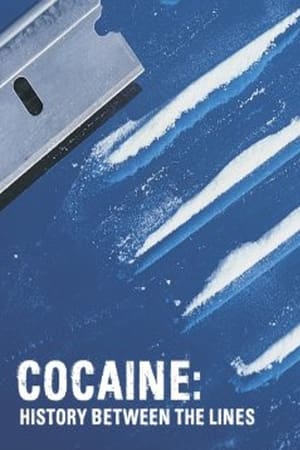 0.0
0.0Cocaine: History Between the Lines(en)
Cocaine has always gotten a bad rap, and for a reason. It is a drug used by the rich and the poor legally and illegally, Mexican cartels fought over it with Colombia once associated with the brutal cocaine wars, and a source of tension between the American and Mexican borders on the people who are illicitly bringing in cocaine from one side of the border to another and will do anything to do it. So it can be surprising at times to the viewer throughout the course of the documentary special, that it was never always like this.
 6.0
6.0BRATS(en)
In the 1980s, Andrew McCarthy was part of a young generation of actors who were set to take over Hollywood after a string of successful teen movies. However, when the New York magazine cover story in 1985 dubs them the Brat Pack, stars in the making suddenly find themselves losing control over the trajectory of their careers. Now, almost forty years later, McCarthy looks to reconnect with peers and co-stars so that together they can reflect on their respective legacies.
 6.9
6.9Bombshell: The Hedy Lamarr Story(en)
The life and career of the hailed Hollywood movie star and underappreciated genius inventor, Hedy Lamarr.
